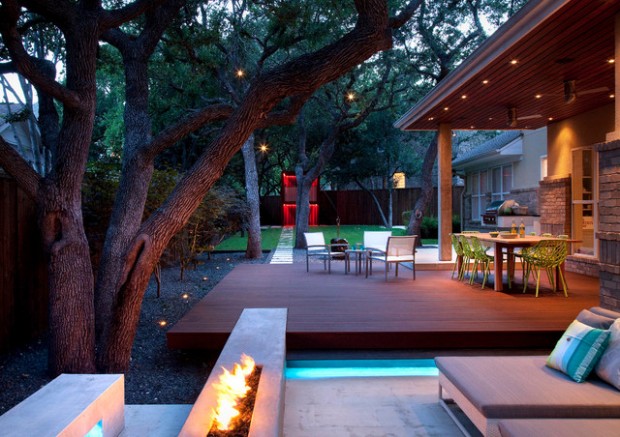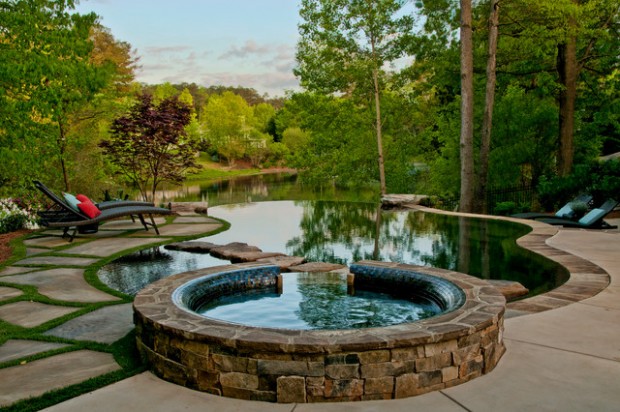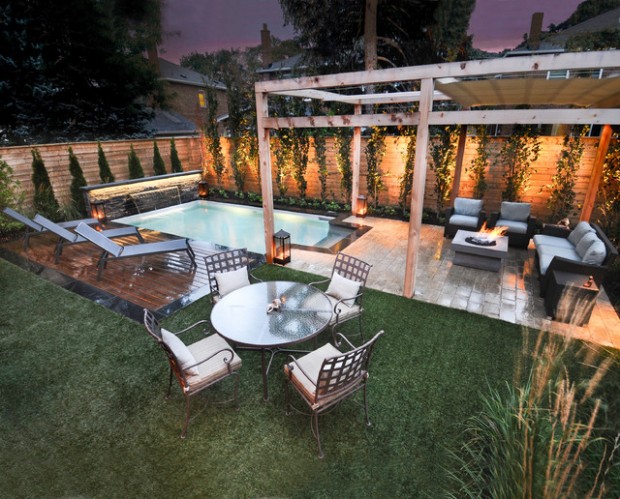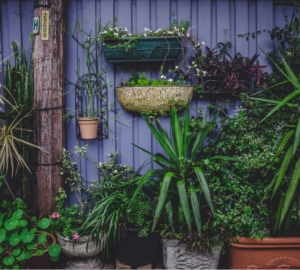It is a common misconception to imagine landscape design as being all about flowerbeds and decking. While both of these elements can become important features of a garden, they never work alone. High quality landscape design is a combination of innovation, practicality, and creativity. It must marry imaginative ideas, with the merging of function and form.
If you want to grab a slice of outdoor paradise for yourself, you’ve got to be willing to think outside the box. Or, you could call in the specialists. According to Perth landscaping experts Revell, top quality landscape design is now more affordable than ever.
These handy hints and tips for smart landscape design will help you to bring your dream garden to life.
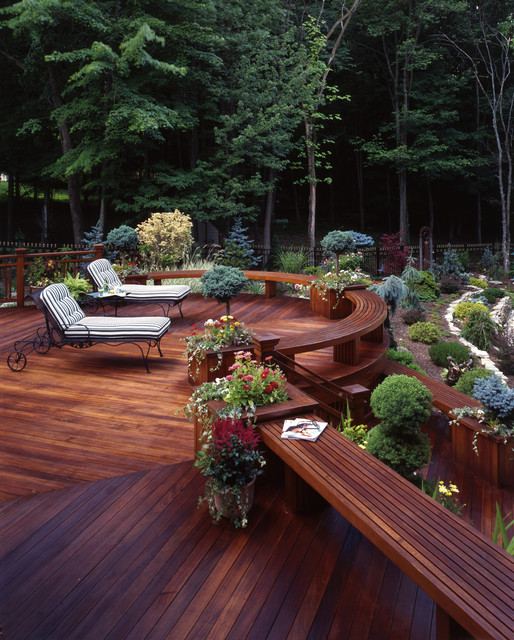
Make Practical Plans
It is common for homeowners to spend time and money on spectacular designs, only to later realize that they haven’t left any room for access. There is nothing more heartbreaking than having to tear up part of a beautiful garden to get construction equipment in, because you’ve decided you’d like to add a patio or a deck. Try to work this probable need into your designs at the earliest possible stage.
Create a Focal Point
Just as interior spaces flourish with focal points, so too do gardens. Find a signature feature, texture, or object, or plant and make it stand out. The key is to use this focal point as a guide for the rest of the design. While it doesn’t have to be central with everything else arranged around it, you should think about how the rest of the features are going to be arranged, in relation to it.
Let Go of Straight Lines
It is tempting to think that the best landscape designs must be the ones built around straight lines and angles, but this is hardly ever the case. There is an important reason for this. Just think about how difficult formally arranged, symmetrical gardens must be to maintain. If you lose or damage one feature, there is no guarantee that you’ll be able to find another identical one.
Embrace the Curves
It is also worth thinking about the building blocks provided by nature herself. She hardly ever works in straight lines. Nature is built on bounteous curves and flowing, sinuous lines. Take an example from the best and introduce some organic arrangements. You’ll be surprised at how much more enjoyable a less rigid and formal landscape can be.
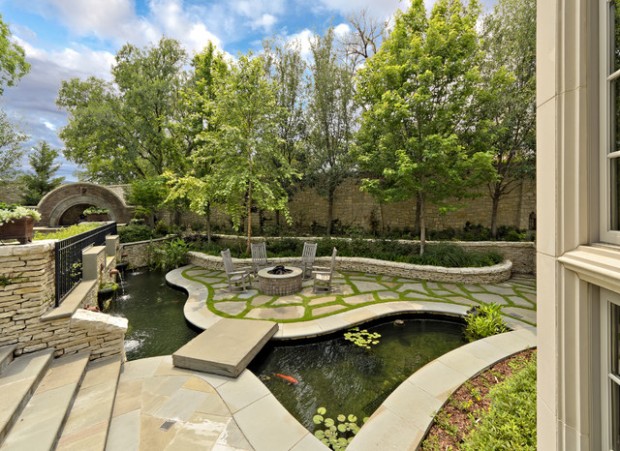
Control Your Curves
That’s not to say that you should let your imagination run completely wild. You may have been dreaming of cloud shaped flowerbeds while you sleep, but they’re not an ideal addition to a garden. The key to landscaping success is to keep curves soft and long; avoid too many tight turns and corners. They are difficult to mow, weed, and maintain.
Introduce Some Movement
For most homeowners, the garden represents an opportunity to get away from the chaos and noise of the day. Yet, it isn’t silence that we covet. The absence of noise can be just as stressful as a surplus, so introduce the right noise kind of noise and movement to your garden. Tall, slow moving grasses are a great way to do this, because they rustle gently in the breeze.
Add Some Beautiful Borders
Don’t forget to soften the edges of the building with some pretty accent and border plants. If you neglect this feature, you risk the garden looking a little detached from the property itself. The last thing that you want is a garden that looks like it has been designed around the house, not as part of it, so add plenty of small plants and shrubs. Just be careful not to introduce any fast growing plants too close to ground floor windows.
Make Necessary Changes
Many homeowners shy away from removing existing parts of the garden, because it somehow feels like working backwards to get rid of plants and shrubs, in order to add more. While you are encouraged to incorporate existing features, if there is a patch of grass, an old flower bed, or a tree that just doesn’t look right, either remove or relocate it.
Landscape for the Future
You could end up creating the most visually striking garden in the neighborhood. It might be the envy of all your friends. However, it won’t stay this way if you can’t maintain it. For enduring landscape design, you need a garden that is sustainable. This means plants that won’t grow out of control, water features that can be easily cleaned, and lawns that can be mowed quickly in summer, spring, or autumn.
Make It Your Own
It is always a good idea to seek the advice of a professional landscaping company, because landscape design is not an easy task. It involves a great deal of manual labour and it can be very hard to concentrate on design while you’re hauling stones and shrubs around. Let the experts do the heavy lifting, so that you can focus on creating your dream garden. It should be a representation of you and your home; make it big, bold, and beautiful!

